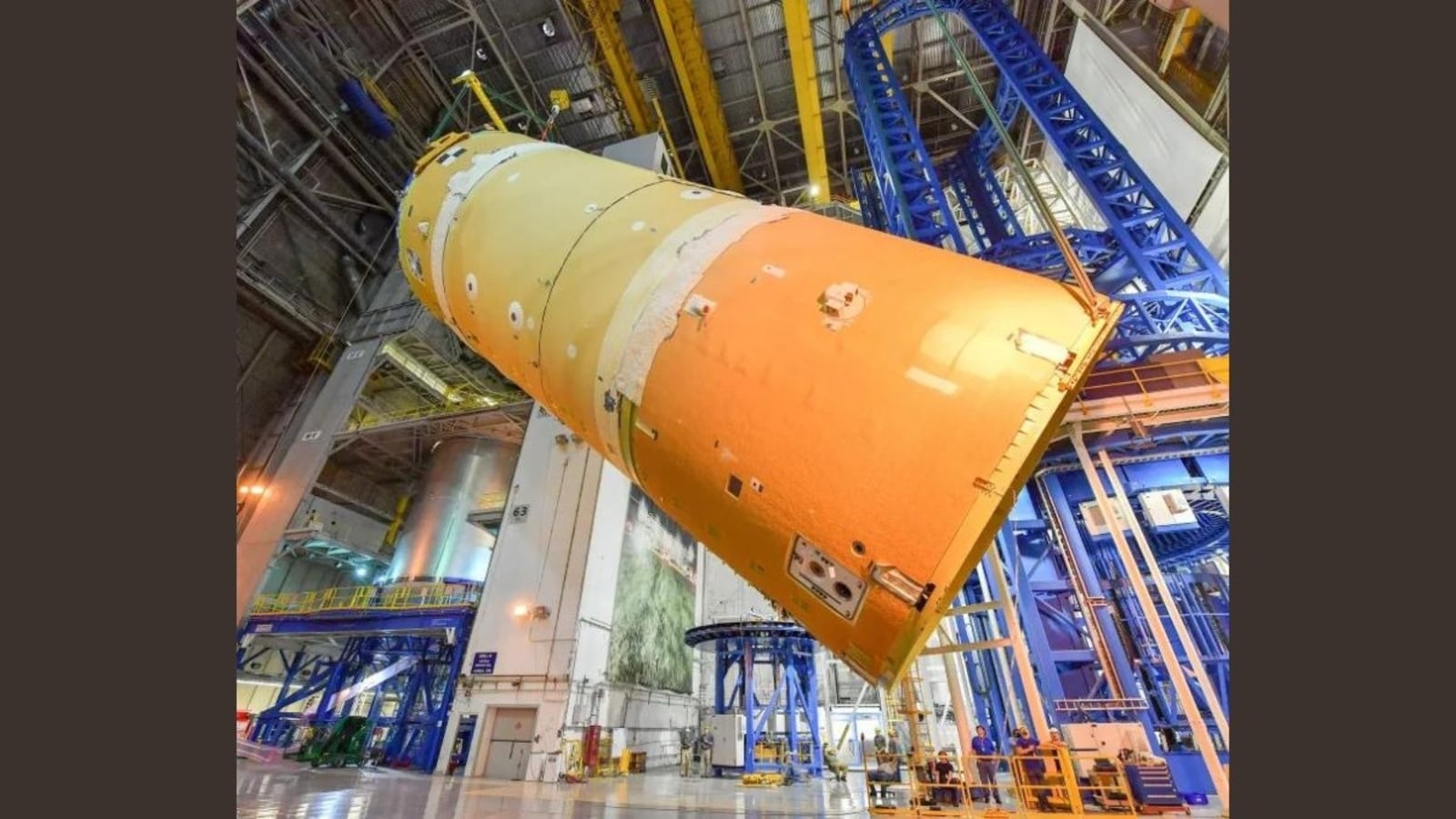In the world of human space exploration, Boeing has stood as a big force, propelling advancements for over six decades. Now, with the NASA Artemis program, Boeing is set to make history by contributing to the landing of the first woman and the first person of color on the Moon. This ambitious initiative also marks a significant stride towards sustainable lunar exploration, covering more of the lunar surface than ever before.
Named after Greek god Apollo’s twin sister Artemis, US space agency NASA’s Artemis program aims to harness the knowledge gained from lunar missions to facilitate the next giant leap—human exploration of Mars. At the forefront of this endeavor is NASA’s Space Launch System (SLS), a deep-space optimized, super-heavy lift rocket designed to surpass the capabilities of any rocket in history.
We are now on WhatsApp. Click to join.
Boeing, serving as the prime contractor, takes charge of the design, development, testing, and production of the SLS core stage, upper stage, and flight avionics suite. The Artemis I Mission, which successfully launched on November 16, 2022, validated the rocket components and systems through an uncrewed test flight, paving the way for future crewed missions.
Currently in progress is the construction of core stages for Artemis II, III, and IV, alongside the first Exploration Upper Stage (EUS), set to replace the Interim Cryogenic Propulsion Stage (ICPS) in upcoming Artemis missions.
Embarking on the Next Frontier
The SLS is not just a rocket; it represents a vehicle for establishing a permanent human presence in deep space. Its adaptability and evolutionary design support a range of exploration, science, and security missions. The upcoming Artemis II mission is poised to launch the first crewed Orion spacecraft, carrying the first female and person of color on a trajectory around the Moon.
Looking ahead, additional missions are on the horizon, featuring the advanced SLS Block 1B configuration equipped with the Exploration Upper Stage (EUS). This enhancement is expected to provide NASA with a fully human-rated stage, enabling deep space exploration with increased payload capabilities. Anticipated to deliver 40 percent more payload to the Moon compared to the SLS Block 1 configuration, the EUS underscores Boeing’s commitment to pushing the boundaries of space exploration.
One more thing! HT Tech is now on WhatsApp Channels! Follow us by clicking the link so you never miss any updates from the world of technology. Click here to join now!

Shambhu Kumar is a science communicator, making complex scientific topics accessible to all. His articles explore breakthroughs in various scientific disciplines, from space exploration to cutting-edge research.


